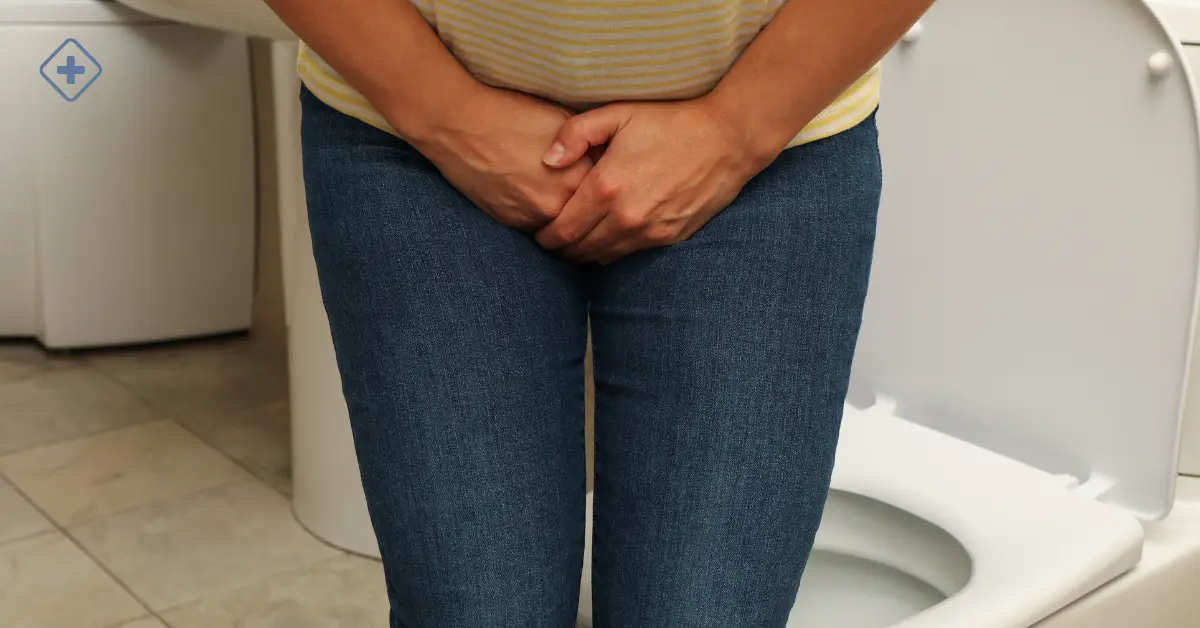
Urology
Ureteroscopy
Before, During & After

The Ureteroscopy procedure allows the examination and treatment of urinary tract problems such as kidney stones. Using a small instrument, the Urologist can observe the ureters, which are the pathways that connect the kidneys to the bladder.
In case you are pregnant or think you may be, you should notify your Urologist. The Urologist may perform some tests such as:
After the surgery, you can't drive, ask a family member or friend to accompany you.
The surgery will take about 1 hour.
After Ureteroscopy
After Ureteroscopy, you will be taken to a recovery room where you can stay for a few hours in the hospital. You can leave as soon as the Urologist discharges you.
Following the instructions of your Urologist, you may have a speedy recovery.
Ureteroscopy may be a good option for:
When consulting your Urologist, try to keep a record
of your pain with a detailed description of your symptoms.
Before Ureteroscopy
The Urologist will review your medical history, questions related to your symptoms, lifestyle, and medical history, and if you are taking any medications.In case you are pregnant or think you may be, you should notify your Urologist. The Urologist may perform some tests such as:
- Blood work
- Urine analysis
- Electrocardiogram (ECG)
- X-Rays
After the surgery, you can't drive, ask a family member or friend to accompany you.
During Ureteroscopy
The Urologist will use general anesthesia; the patient will not feel pain.The surgery will take about 1 hour.
-
The Urologist will clean the groin and urethra
-
The ureteroscope (a small tube with a camera) will be inserted through the urethra, reaching the bladder
- The Urologist will use small instruments that he will insert through the ureteroscope and help remove kidney stones or remove them with a laser
- If necessary, the Urologist will place a stent (hollow tube or flexible plastic) in the ureter to help pass urine and small pieces of kidney stone
After Ureteroscopy
Following the instructions of your Urologist, you may have a speedy recovery.
- You must remain at rest for 24 hours, ask a family member or friend to accompany you during this time
- Take the medications prescribed by your Urologist; they may help relieve discomfort and inflammation
- Drink 4 to 6 glasses of water a day; this will help clean the urinary tract
- Your Urologist may recommend using a heating pad or taking warm sitz baths to help reduce pain
- If you've had a stent, you may have flank pain after urinating
- It is normal to have blood in the urine for a few days
¿Am I a candidate for this procedure?
Ureteroscopy is recommended for those who have urinary tract problems.Ureteroscopy may be a good option for:
- Look for signs of cancer.
- Analyze or remove a mass or tumor
- Analyze areas of the ureter that have contracted
- Detect urinary tract infections and other conditions
When consulting your Urologist, try to keep a record
of your pain with a detailed description of your symptoms.
Health Library
Urology

Urology
Urinary Incontinence
The treatment of urinary incontinence varies depending on the type and severity of symptoms
Urology
Understanding Andropause: A Complete Guide
Andropause is primarily the result of a decrease in testosterone production
Urology
Hyperplasia
Hyperplasia is the increase in the production of cells in a healthy organ or tissue.
Urology
Male Infertility
Infertility occurs due to reduced sperm production, abnormal sperm function, or blockage that prevents sperm release.
- Do You Need an Appointment with a Specialist?
- call us
- write us
- let's talk





